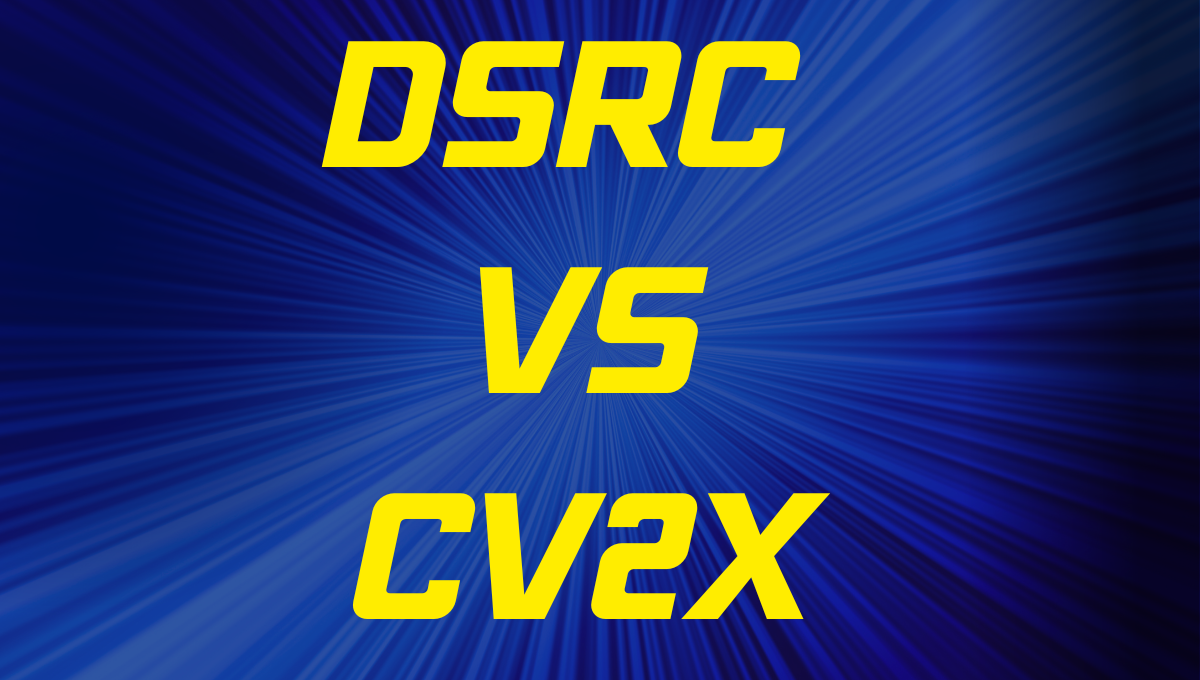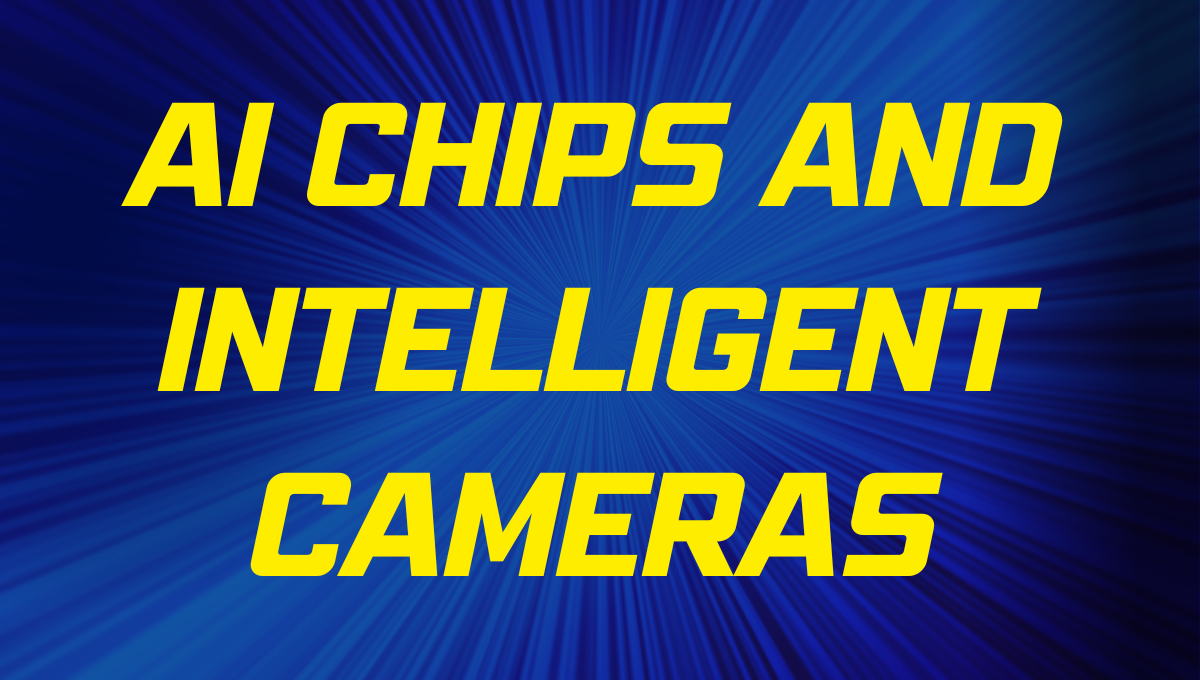Revolutionizing Visual Intelligence
The demand for advanced processing capabilities is ever-increasing in the fast-paced world of artificial intelligence and deep learning. As industries explore new AI and machine learning applications, the need for specialized hardware becomes evident. This is where AI chips and intelligent cameras come into play, revolutionizing visual intelligence and paving the way for exciting possibilities in various domains.
The Rise of AI Chips: Empowering Deep Learning
AI chips, also known as AI processors or neural processing units (NPUs), are specialized bits of hardware designed to accelerate AI activities. Traditional central processing units (CPUs) and graphics processing units (GPUs) are versatile, but they may not be capable of performing the complex computations required by deep learning algorithms. In contrast, AI processors are optimized for matrix multiplication and other deep learning activities.
As a consequence of the increased demand for AI applications in a range of industries, AI chips have advanced dramatically in recent years. Deep learning algorithms and neural networks have paved the way for dedicated hardware capable of processing massive amounts of data at the same time. These advancements have greatly increased the speed and efficiency of AI computations.
Key Benefits of AI Chips for Deep Learning
- Speed and Efficiency: AI chips are designed to handle AI-specific tasks more efficiently than traditional processors. This specialization allows for faster inference and training times, making AI applications more responsive and reducing the computational resources required.
- Power Consumption: Offloading AI computations to dedicated AI chips can reduce overall power consumption, leading to more energy-efficient systems. This is especially important in applications where power limits are an issue, such as mobile devices or edge computing.
- Real-Time Data Processing: AI chips provide real-time data processing, making them ideal for applications such as autonomous vehicles, facial recognition systems, and augmented reality that require speedy responses.
- Scalability: AI chips can be readily incorporated into current systems, allowing for scalability and adaptability to changing AI workloads. This scalability is critical as the complexity and volume of data in AI applications grows.
AI chips have applications in various industries, including healthcare, finance, automotive, and more. In healthcare, AI chips power medical imaging analysis, enabling faster and more accurate diagnosis. In finance, AI chips facilitate fraud detection and risk analysis, improving the security and efficiency of financial transactions. Autonomous vehicles rely heavily on AI chips to process sensor data in real-time, enabling safe and reliable self-driving capabilities.

Empowering Visual Intelligence with Intelligent Cameras
Visual intelligence involves the ability of AI systems to perceive, understand, and interpret graphic data. Intelligent cameras equipped with AI chips are pivotal in achieving visual intelligence. These cameras can process visual data on edge, meaning that AI inference and analysis happen directly on the camera device without cloud connectivity.
Intelligent cameras have become increasingly popular across various industries due to their ability to deliver real-time insights and immediate responses. By leveraging AI chips, smart cameras can handle complex computer vision tasks efficiently and accurately, providing users with valuable real-time information.
Key Benefits of Intelligent Cameras
- Real-Time Analysis: Intelligent cameras can interpret visual input in real-time by executing AI inference at the edge, making them suited for applications requiring quick decision-making, such as surveillance and security systems. Smart cameras, for example, may identify abnormalities in an intelligent surveillance system, such as suspicious conduct, and promptly warn security staff.
- Privacy and Security: Because sensitive data does not need to be transferred to a remote server for processing, intelligent cameras with edge AI capabilities respect privacy concerns. This guarantees that data stays secure and confidential, addressing data privacy and security issues.
- Bandwidth Efficiency: Processing data at the edge reduces the need for high bandwidth, as only relevant information or events are transmitted to the cloud for further analysis or storage. This bandwidth efficiency is particularly advantageous in scenarios with limited network connectivity.
- Cost-Effectiveness: Intelligent cameras reduce the infrastructure and operational costs associated with cloud-based AI processing, as most processing occurs locally on the camera device. This cost-effectiveness makes intelligent cameras a viable option for applications with budget constraints.
Intelligent cameras have applications in various industries, including retail, smart cities, industrial automation, and healthcare. Intelligent cameras can analyze customer behavior and traffic flow in retail, helping retailers optimize store layouts and marketing strategies. In smart cities, intelligent cameras can monitor traffic and detect accidents, enabling city planners to make data-driven decisions for urban planning. In industrial automation, intelligent cameras can inspect manufacturing processes and detect defects, improving quality control and efficiency.
Applications of AI Chips and Intelligent Cameras
The combination of AI chips and intelligent cameras opens up a multitude of applications across various industries:
- Smart Surveillance: AI-powered cameras with built-in AI chips can detect and analyze objects, people, and events in real-time, enhancing security and surveillance systems. Intelligent cameras can be equipped with features like facial recognition, license plate recognition, and behavior analysis to detect suspicious activities and respond proactively to potential threats.
- Autonomous Vehicles: AI chips enable deep learning algorithms for object detection and path planning in autonomous vehicles, making them safer and more reliable. Intelligent cameras on autonomous vehicles continuously capture and process visual data, enabling real-time decision-making for safe navigation.
- Industrial Automation: Intelligent cameras with AI chips can monitor production lines, detect defects, and optimize manufacturing processes, increasing efficiency and reducing errors. These cameras can analyze the quality of products and identify deviations from desired standards, ensuring higher product quality.
- Healthcare: In healthcare settings, AI-powered cameras can help with patient monitoring, medical diagnostics, and even detecting early indications of sickness. Intelligent cameras integrated with AI chips, for example, may scan medical pictures to detect irregularities and assist healthcare practitioners in making correct diagnosis.
- Retail Analytics: Intelligent cameras can assess customer behavior, measure foot traffic, and give merchants with vital knowledge for optimizing shop layouts and marketing campaigns. Retailers may adjust their goods to match the requirements and tastes of their target audience by studying customer behavior.
The Future of Visual Intelligence
As AI technology advances, integrating AI chips with intelligent cameras will become even more prevalent. This combination will lead to more sophisticated and capable visual intelligence systems, enabling a wide range of applications with real-time and context-aware capabilities.
The future of visual intelligence holds immense potential across industries. With ongoing advancements in AI chips and intelligent cameras, we can expect to see even more innovative applications, enhanced user experiences, and increased automation of complex tasks.
As businesses and industries continue to embrace AI-driven solutions, the seamless integration of AI chips and intelligent cameras will play a pivotal role in shaping the future of visual intelligence. From enhancing security and surveillance to revolutionizing transportation and healthcare, the power of AI chips and intelligent cameras will drive innovation and transform the way we interact with the world around us.
AI Chips and Cameras Q&As
- What are AI chips, and how do they differ from traditional processors?
AI chips are specialized hardware optimized for AI tasks, particularly deep learning. Unlike traditional processors, AI chips excel at matrix multiplication and other computations essential for deep learning algorithms.
- What are the benefits of AI chips for deep learning?
AI chips offer speed and efficiency, reduced power consumption, real-time processing, and scalability for AI applications.
- What is visual intelligence, and how do intelligent cameras contribute to it?
Visual intelligence involves AI systems’ ability to perceive and interpret visual data. Intelligent cameras equipped with AI chips enable real-time analysis at the edge, contributing to visual intelligence without relying heavily on cloud connectivity.
- What are the benefits of intelligent cameras?
Intelligent cameras offer real-time analysis, privacy and security, bandwidth efficiency, and cost-effectiveness for applications in various industries.
- What are the applications of AI chips and intelligent cameras?
AI chips and intelligent cameras find applications in smart surveillance, autonomous vehicles, industrial automation, healthcare, retail analytics, and more.
Conclusion on AI Chips and Cameras
The combination of AI chips and intelligent cameras is reshaping visual intelligence and unlocking a new era of applications across various industries. AI chips and intelligent cameras are driving innovation and pushing the frontiers of what is possible with visual data processing, from improving security and surveillance systems to enabling driverless cars and optimizing industrial processes.
As these technologies advance, we may anticipate progressively more advanced and powerful visual intelligence systems, ushering in a future in which AI-powered cameras play an important part in our daily lives. The opportunities for real-time insights, greater user experiences, and increasing automation of complicated activities are limitless as AI processors and intelligent cameras continue to evolve.
As more organizations and sectors embrace AI-powered solutions, the seamless integration of AI chips and intelligent cameras will play a critical role in creating the future of visual intelligence. The potential of AI processors and intelligent cameras will drive innovation and revolutionize the way we interact with the world around us, from revolutionizing healthcare and transportation to improving retail and industrial operations. The path to a visually intelligent future is already begun, and the potential for beneficial effect is boundless.

 Business Solutions5 months ago
Business Solutions5 months ago
 Business Solutions3 months ago
Business Solutions3 months ago












